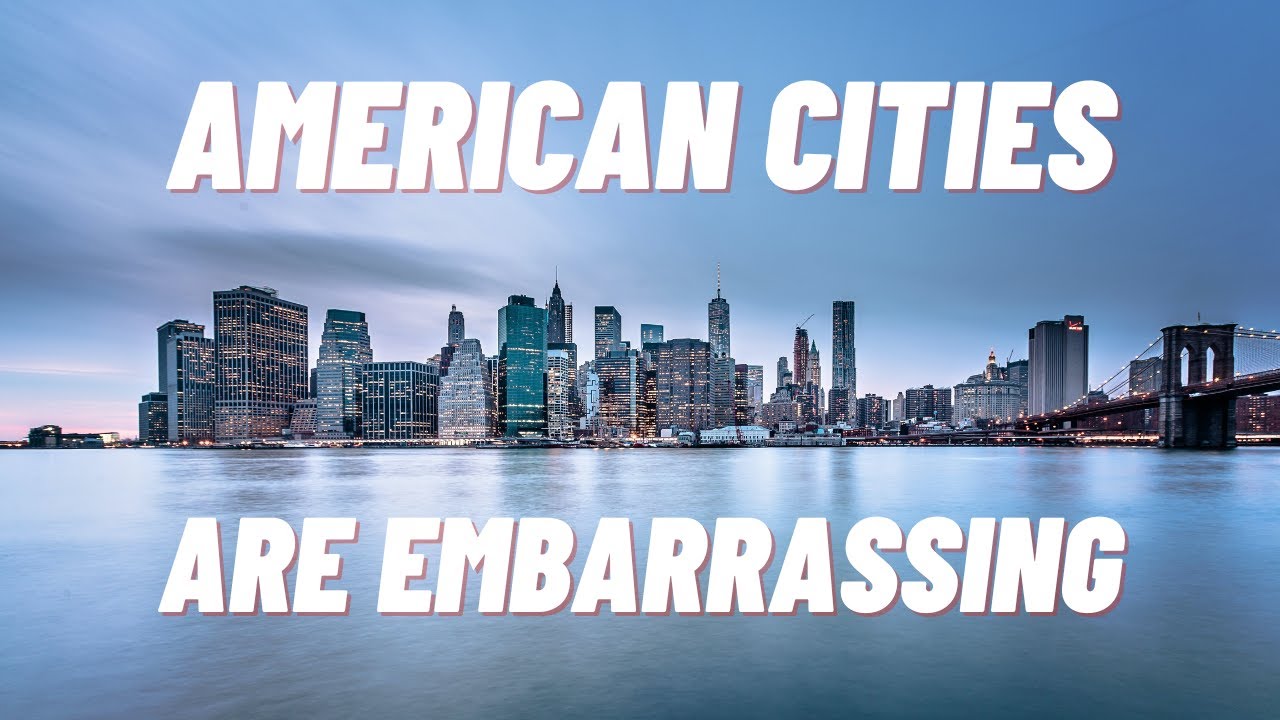This video outlines some of the relationships between US commuting culture and the perspectives that it’s engendered about the role of the city. The, when compared and contrasted to other nations’ approach to city design and perspectives shows that it’s possible to have a city core that’s more than just a workplace.
My city is currently clinging to a small area of interesting downtown core. Everything else has either been bulldozed for parking lots, turned into office buildings with no store fronts, or plowed into wider roads. Every time I show the maps of the city with how car-focused we’ve made downtown to a city council member they recoil at the desolation, but it’s so hard to get change happening.
We need fewer roads, cars, and non-human spaces in our city core areas. Making wider walking paths, biking roads, mass transit (not just busses!), and planting trees to make spaces more attractive will all continue to invite people to come downtown, not just someone desperate enough to drive there, park, hit one store and drive away.



Transit needs to be competitive with cars to really see a difference. In your own example a bus somehow takes 20 minutes longer to get downtown than walking there would, which is completely ridiculous but possible with how american transit is managed.
The transit needs to be nearly as fast and convenient as cars are. The city could take some of those 6 lane roads, dedicate a bus lane, and reduce the travel time of the bus by reducing time spent in traffic and prioritizing signals at intersections for the bus.
As for zoning, it is to blame because zoning prevents density and denisty helps support transit by increasing ridership in denser areas. If every building is limited to 1 or 2 stories and has a massive parking lot, it takes more space and everything gets farther away, increasing travel times for all transportation. This also increases the costs of road maintaince, sewer and water pipes, elecitricity delivery and is just pretty much one of the most ineffecient ways for a city to use space and resources.
All I know is that PalmTran in south east Florida became wildly unpredictable during the Great Recession due to suicide by train. Many many times it was shut down do to people offing themselves on the tracks.
Then ride the train during bull markets only.